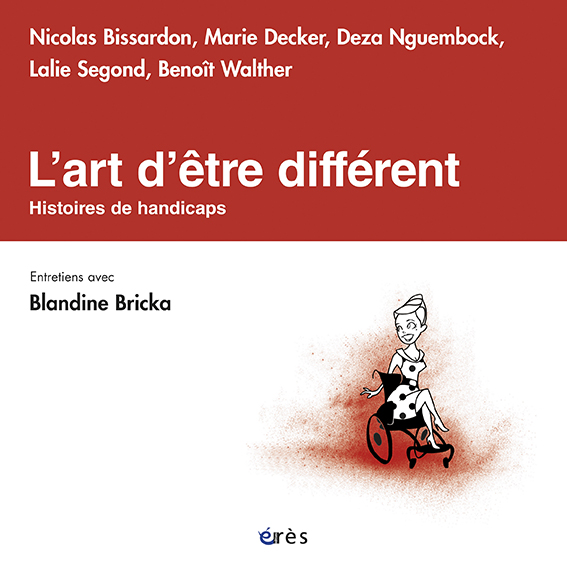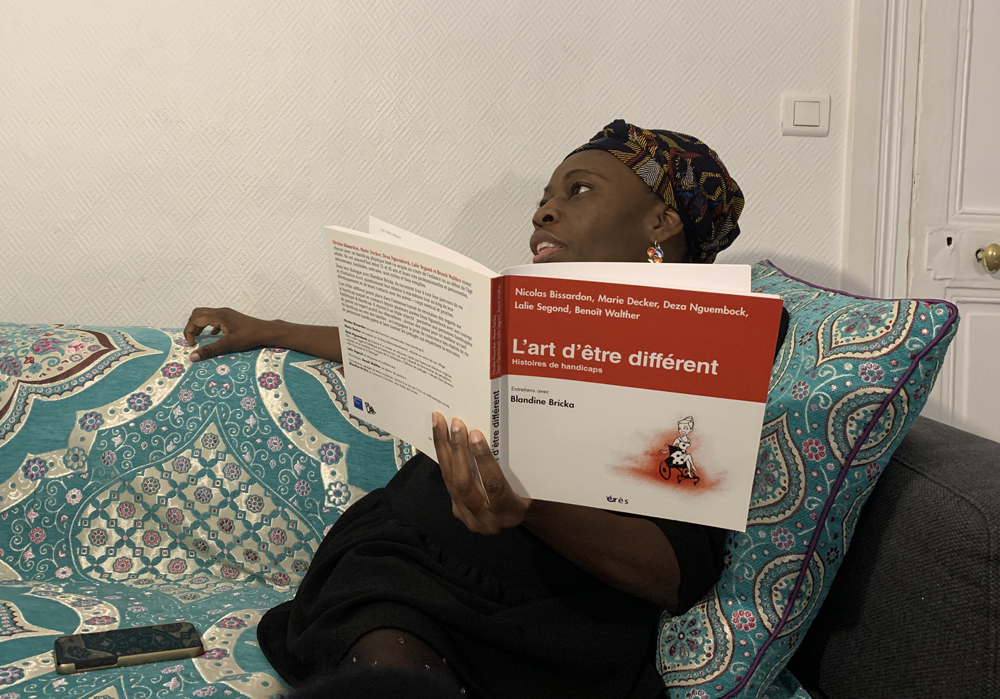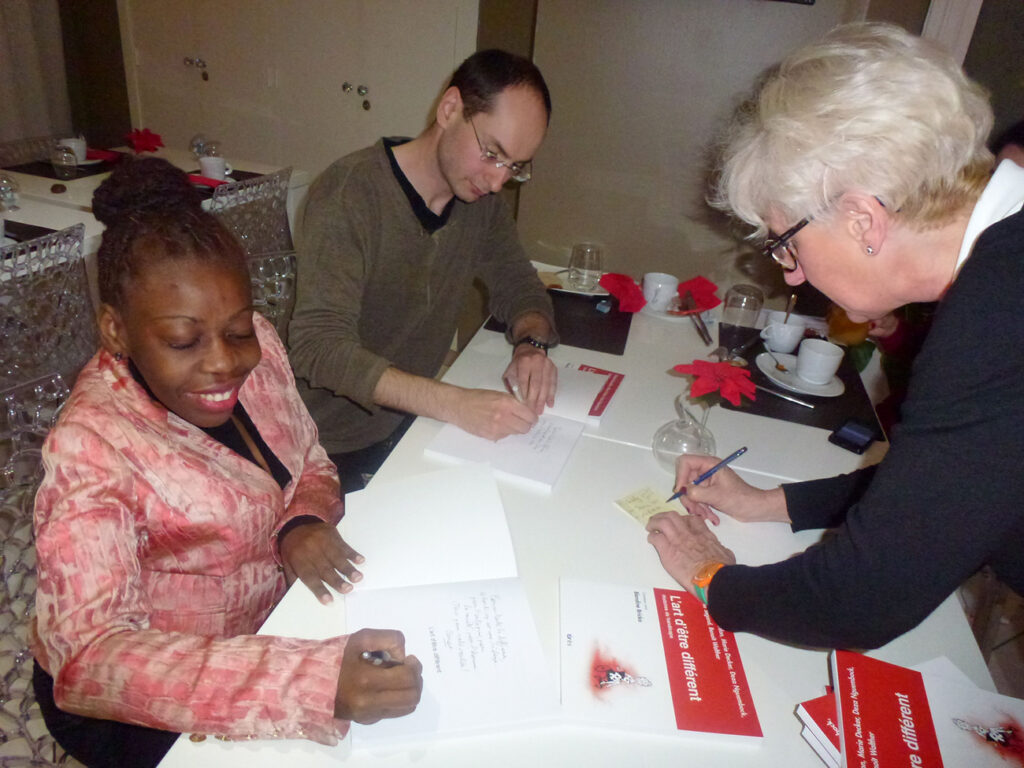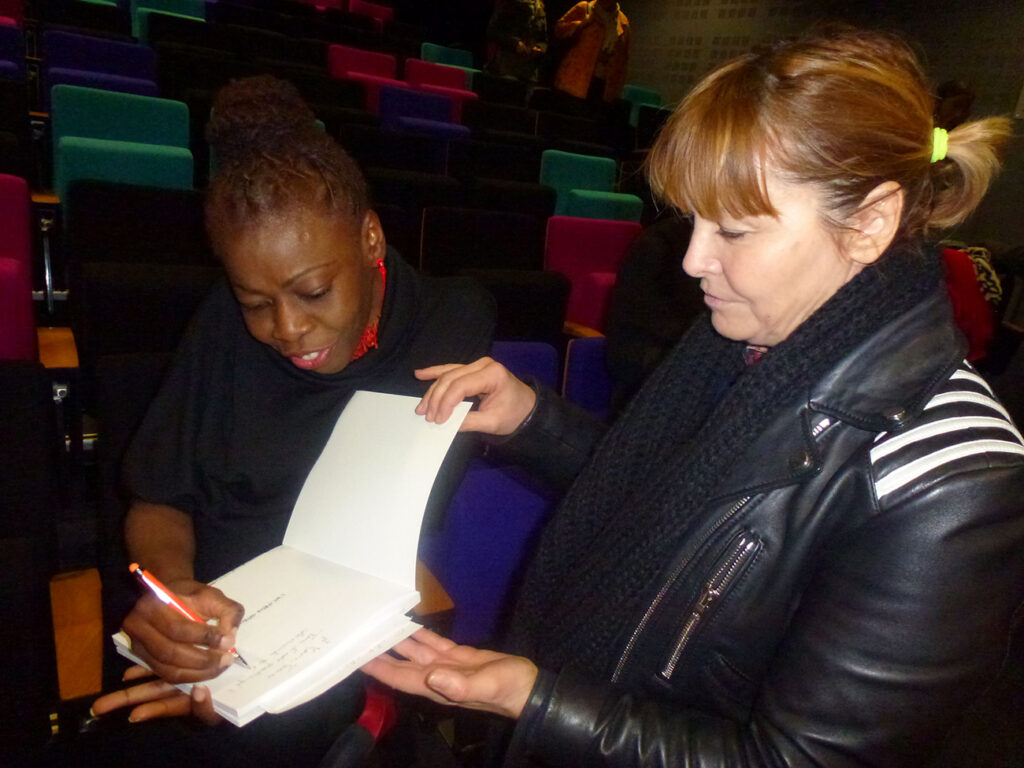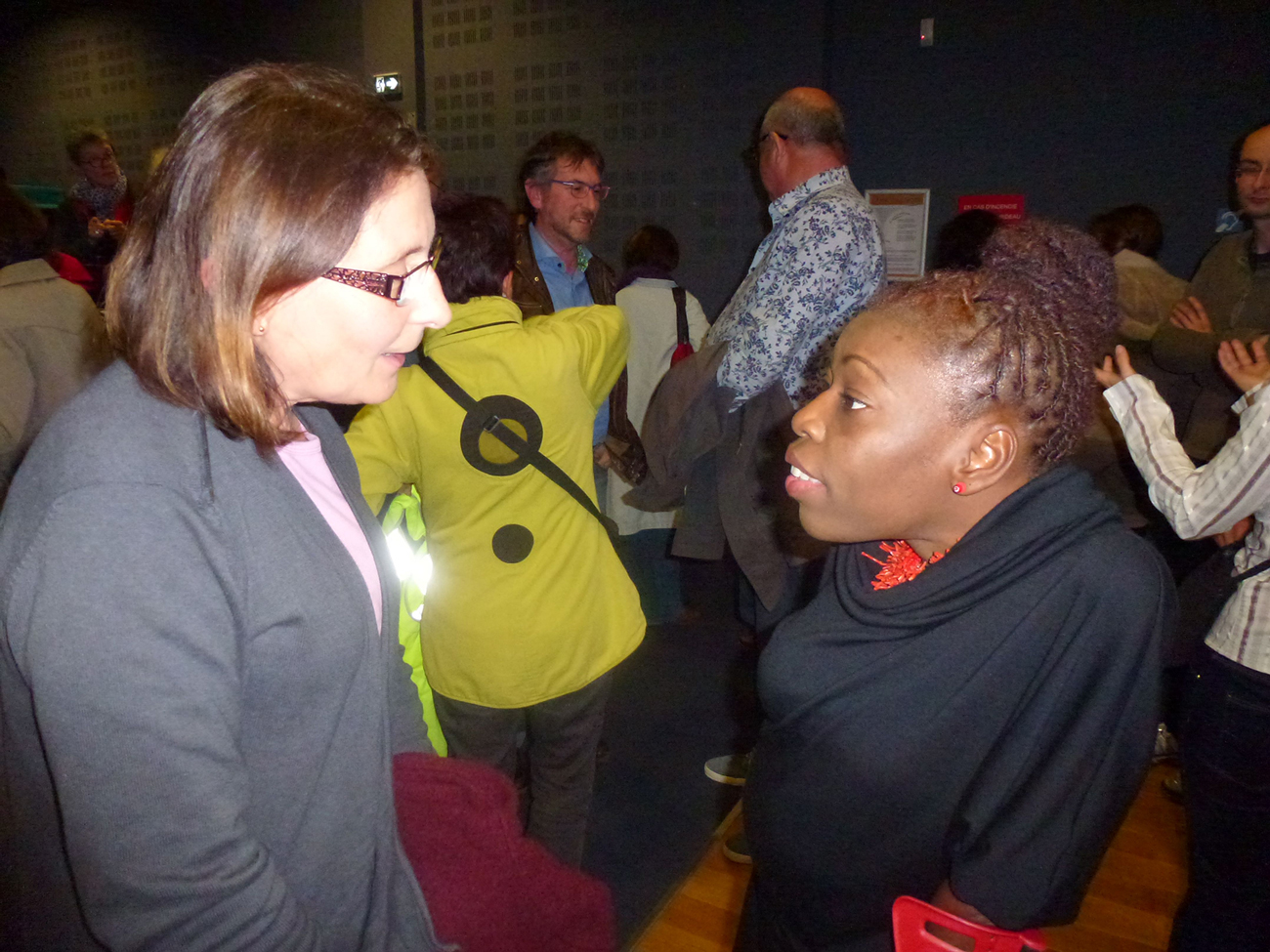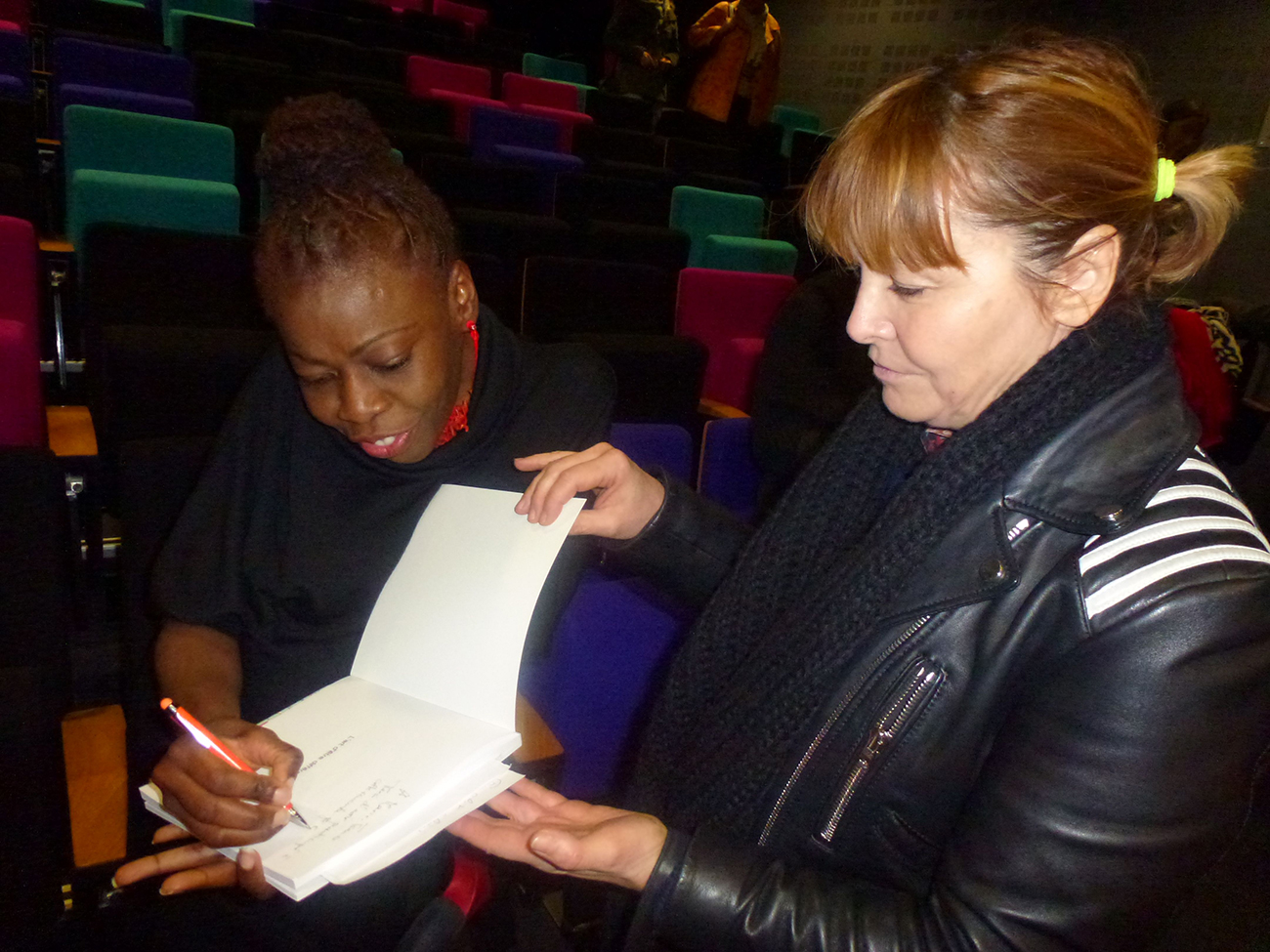The art of being different
PRÉAMBULE
What do we first and always see of the other person, if not their body and the way they present it?
But can our gaze, riveted on this body that appears, still see in it the human being who inhabits it? In particular, is it still capable of doing so when that body is damaged́, bruised, affected in such a way that it no longer presents itself in its usual guise?
For if men and women who do not have an ordinary appearance are the first to hope for a change in the way people look at them, is it not because their bodies, shocking the eye, engender an emotion that bodies without any particular sign do not? If the damaged or simply singular body calls for a change in the way we look at it, isn’t it first and foremost because we have never aspired to anything other than looking at what doesn’t upset us? Haven’t we always hoped to do away with anything that undermined the order of appearances? As a provocation to our gaze, does not the unusual body then call us to look differently, to see what is not always immediately visible at the heart of the visible, and first of all, quite simply, to see in every human being who does not have the ordinary features, a human being among others?
Danielle Moyse, Disability: For a Revolution in Perspective, PUG, 2010
The Art of Being Different: Stories of Disabilities is a book I envisioned as a collective work, and it extends my
earliest efforts on visual representation, particularly my documentary film Mirror of My Soul, whose ultimate goal was
to educate for a change in perspective, both among disabled individuals themselves and society at large.
Five personalities, five life journeys.
The book features the testimonies of Nicolas Bissardon, Marie Decker, Benoît Walther, and myself, along with
Lalie Segond’s contribution. Complementing the cinematic imagery, this work delves deeper, revealing intimate and
profound insights.
Our ambitions, our dreams, the process of coming to terms with our different bodies, the role played by those around
us in our development, and our relationships with others—whether friends, partners, or children—are discussed
without any sense of pathos. Each of us shares our sense of well-being in a fluid, light, and liberated dialogue.
Interviews conducted by Blandine Bricka.
I am a disabled woman. My body shape is very different from that of other women. And although this difference
seems striking to the world, I have never let myself be hindered by the gaze of others, and my own perception of my
body has always been one of empowerment.”
EDUCATING THE WAY WE SEE ALSO REQUIRES WORDS
- Because, more than the disability itself, what truly hurts disabled people is the taboo and silence surrounding it. This taboo compels them to hide, to withdraw, to avoid. It isolates them by condemning them to live encounters with others in fear and shame. It is only when a person with a disability can talk openly about their condition, when they can name their difference, that they claim their rightful place as a whole person and can engage freely with others.
- Because it is through words that we can create the human-to-human connection that the sight of a different body might temporarily or permanently break or prevent. It is through words that one person can truly meet another. By speaking out, people with disabilities break the barrier that their bodies might have momentarily erected between them and others. When a disfigured or non-conforming body is perceived as an obstacle to connection, words provide an opportunity for genuine encounters, ultimately helping non-disabled individuals to see the body before them differently—not as misshapen, but as unique and carrying its own beauty.
DISABILITY IN THE PUBLISHING LANDSCAPE
When exploring literature on disability, one mainly encounters three types of works:
- Theoretical works written by doctors, philosophers, psychologists, psychoanalysts, and sociologists.
- Popularization and testimonial books written by doctors or caregivers, which discuss the challenges that disability poses not only for the individuals affected but often for their close circle as well.
- Personal stories by caregivers or individuals with disabilities (either from birth or resulting from an accident) recounting how they have come to accept and transcend disability. These accounts frequently lean towards the exceptional and exemplary, often serving a therapeutic purpose to trace the journey of a traumatized individual or a close family member learning to accept disability and build (or rebuild) a new identity.
It becomes clear that, much like women or minorities have long experienced, people with disabilities are often
deprived of their own voice. And when they are given a platform to speak, they are expected to compensate for
their physical impairment with exceptional moral qualities.
It is therefore time for people with disabilities to claim the space for a simple, everyday, and authentic voice,
free of pathos.
OBJECTIVES
Giving a voice to people
This is not yet another theoretical or practical book about disability. It is about gathering and amplifying the voices of people with disabilities, directed both at their peers and at non-disabled individuals. The co-author conducting the interviews simply plays the role of a scribe for these voices.
Amplifying a Positive and Ordinary Voice
In the film Mirror of My Soul, Nicolas, one of the four ‘models,’ says: “I don’t consider myself to be a pilgrim trying to convert others. I am proud to live with a difference and to embrace it fully.” Thus, this is not a voice of anger that we are sharing here. Nor is it a heroic voice (the triumph of the weak) or a moralizing one (the voice that intends to make non-disabled individuals reflect on their own humility).
Instead, it is a simple voice—the voice of composed individuals who talk about their life journeys without pathos, discussing their self-acceptance, the role of their support system, their ambitions, dreams, desires, doubts, and even their pains. What we hear are not the voices of victims or superheroes, but of strong personalities who have come to terms with their bodies, are at peace with how others view them, and are able to speak openly, build connections, and live rich, fulfilling professional, personal, social, romantic, and family lives.
This book, co-funded by the Fondation de France and the E&H LAB agency, is published by Érès Editions.
176 pages – 20 x 20 cm – 20€
ISBN: 978-2-7492-4662-8
Available in bookstores from January 22, 2015, by Érès Editions


